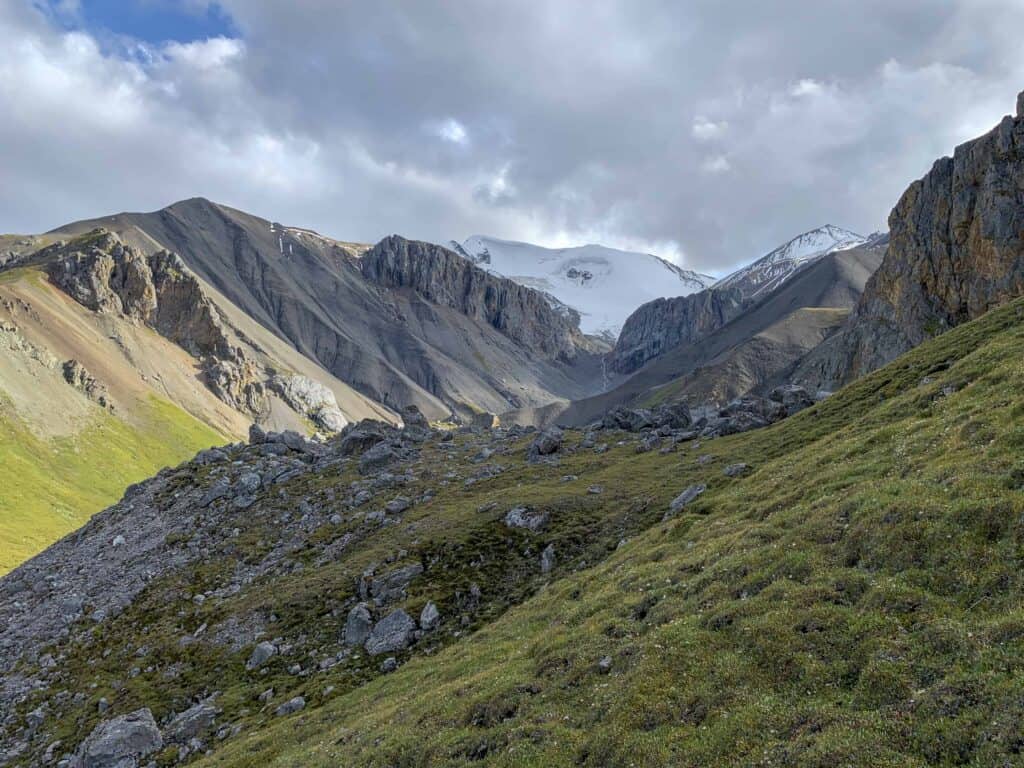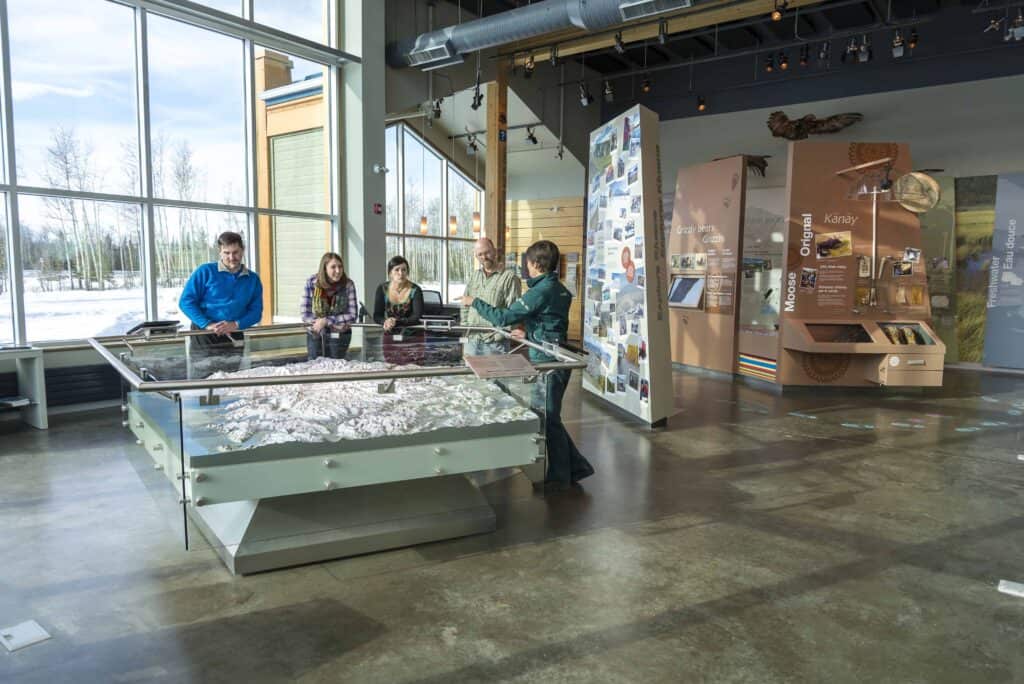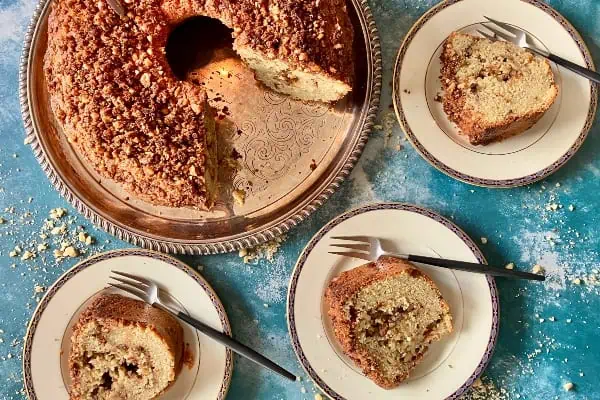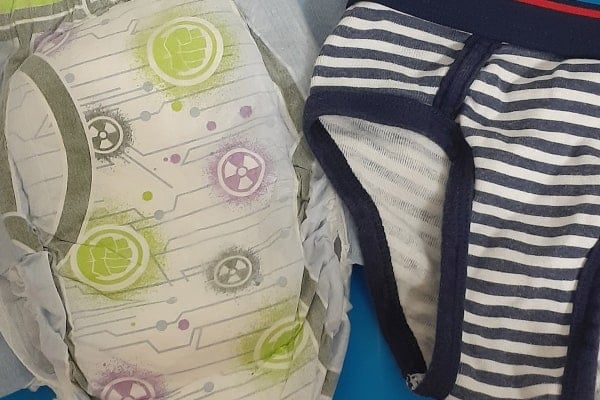An etiquette and safety guide from Parks Canada on how to leave a deposit with no toilets around


We all know that wilderness in the Yukon is plentiful, and many Yukoners enjoy disappearing off the grid for a weekend or more at pretty much any time of the year and any weather conditions, and tourists flock up from areas far and wide to experience the outdoors the Yukon has to offer. But do we always plan where to leave our “leavings” when we’re spending days and nights on end, deep in the forest, away from any semblance of civilization?
Believe it or not, there are health, safety and even etiquette procedures you should be following, to ensure that you remain a happy camper and stick to the Leave No Trace and do-more-good-than-harm methods. What’s Up Yukon (WUY) was able to obtain a guide from Parks Canada (PC) that we’re happy to share with you here. Read on to find out how to poop in the woods properly and to try and incorporate these tips into the planning and execution of your next wilderness getaway. We asked the questions and received the following answers.
WUY: What are the current Parks Canada guidelines for urination and defecation in parks when there are no toilets available?
PC: Parks Canada administers one of the finest and most-extensive systems of natural and cultural heritage places in the world. The area protected by Parks Canada is vast, and the remote locations and terrain in some national historic sites, national parks and national marine-conservation areas limits the availability of running water, electricity and wastewater-management options.
Adequate waste management is important in order to protect the environment and the ecological integrity of these sites. Parks Canada invests a great deal of resources on proper management of human waste in visitor-experience settings, both in road-accessible frontcountry places and in more-remote backcountry places reachable only by human-powered or non-motorized access.
As every location is unique, each Parks Canada site uses its own local expertise and authority to implement and maintain backcountry human-waste-management systems, taking into account individual site requirements such as the number of visitors and intensity of visitor use (length of stay, typical group sizes, etc.), how visitors move through the landscape, where they stop to camp, the topography, substrate, elevation and unique or sensitive habitats. Health and safety, cost, environmental, archaeological and technical aspects are also considered.
The digging and use of temporary latrines, by backcountry visitors, is not the recommended method for disposal as it increases both the likelihood that feces will be discovered by other visitors and that pathogens will come in contact with groundwater.
Generally, Parks Canada operational teams place privies (or other waterless toilet systems) at the most-suitable places that backcountry visitors stop, camp or congregate, reducing the need for visitors to have to “go” on the landscape in-between facilities. Facilities may also be deliberately sited in backcountry campsites and privies, to concentrate human use away from particularly sensitive habitats, drinking-water sources or cultural resources.
To get the most out of their backcountry experience, visitors are encouraged to plan their trip in advance, check the website of the Parks Canada place they plan to visit, and stop at the visitor centre upon arrival.
WUY: What are the Do’s and Don’ts of using the bathroom in the backcountry?
PC: In managing national parks, Parks Canada maintains and restores ecological integrity while providing Canadians with opportunities to discover and enjoy the great outdoors. To ensure the best-possible experience, visitors are encouraged to plan their visit ahead of time and ensure they have the proper essentials for spending time in the backcountry.
Follow the Parks Canada list of recommended Do’s and Don’ts when going to the bathroom in the backcountry:
- Use an outhouse or privy as your first choice. In Kluane National Park and Reserve and [at the] Chilkoot Trail National Historic Site, privies are located at established backcountry campsites. Plan ahead and be aware of privy locations when route planning.
- Find an appropriate spot, away from the trail or campsite and at least 70 metres (70 long steps) away from a water source, to conduct your business.
- Refrain from peeing in small bodies of water such as ponds or streams. However, in larger rivers or lakes, peeing in the water is not as much of a concern as the large water volume will dilute it.
- Pack out what you bring in. Packing out solid waste and toilet paper is strongly encouraged. When possible, avoid using toilet paper and consider other alternatives such as a reusable cloth. Human waste can spread harmful bacteria to the surrounding vegetation, and toilet paper does not disintegrate well. WAG [Waste Aggregation and Gelling] bags are used for packing out solid waste and are essentially “doggy poop” bags for humans and are puncture-proof and contain odour-killing powder.
- Given the remoteness of Yukon sites, if packing out is not an option, burying human waste downgradient from a water course is still an acceptable practice. Do this properly by digging a hole four- to six-inches wide and six- to eight-inches deep, preferably in a sunny site, to aid in decomposition. When finished, cover the hole with the original dirt and pack it down. If possible, also cover it with a stick or rock to discourage animals or humans from digging there.
- It is best to find soft ground, if you are squatting to pee, to avoid splashing. However, in areas such as the alpine, where vegetation can be more sensitive, you should pee on rock or gravel surfaces, as some animals are attracted to the salt in urine and will disturb fragile vegetation while digging to reach the salt. And instead of burying solid waste, use the smear technique: Find a smooth rock to conduct your business on, and then use another rock or stick to spread it out thinly. The sun will dry it out and kill any bacteria, and the wind will eventually blow the flakes away.
- If toilet paper cannot be packed out, you can also burn it (but only when fire ratings are low and the paper can be fully and safely extinguished). Follow all safe campfire practices and be aware of the current fire danger ratings, fire ban status and conditions of the local environment.
WUY: Why is knowledge like this important for visitors to know?
PC: As cornerstones of Canada’s tourism industry, Parks Canada administered places are committed to providing visitors with safe, meaningful and enjoyable experiences.
Human waste and toilet paper have an impact on the land, water and wildlife. Packing out waste minimizes negative effects to the environment and shows respect for these special places. Plan ahead and, if outhouses are not an option, be prepared to pack out all solid human waste and toilet paper. Parks Canada supports the Leave No Trace principles.
Visitors who have a strong understanding of the options and choices available to them are more likely to choose approaches that minimize harm to the land.
WUY: What are some ways to encourage talking openly about this subject?
PC: All bodies have biological processes and, when spending time in the backcountry, going to the bathroom is essential. Sharing helpful information on how to responsibly go to the bathroom in the woods promotes safety for all living beings in the national parks. This information is just as normal and necessary to learn, when planning a trip, as knowing what to pack and planning your route.
WUY: What are some misconceptions about backcountry waste management?
PC: One misconception is that toilet paper will dissolve or biodegrade. In many climates, it can linger for decades depending on the temperatures and humidity. Another misconception is that wildlife or soil will benefit from human waste or, at minimum, not be affected. Unfortunately, the heavily processed diets of humans and everything we ingest, from products to medications, make human feces an unhealthy contaminant in most ecosystems.
To learn more about Parks Canada and proper camping procedures, visit parks.canada.ca




